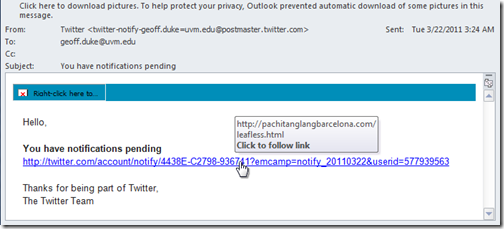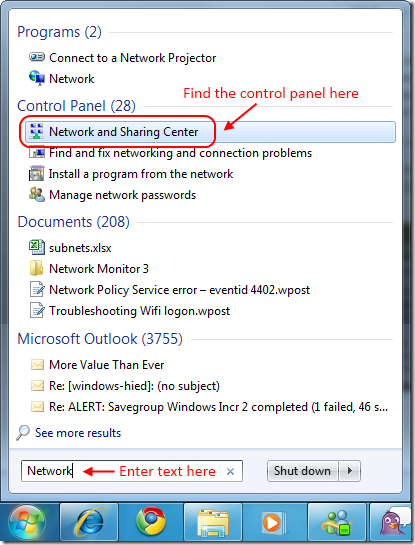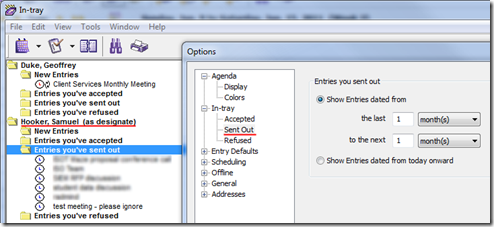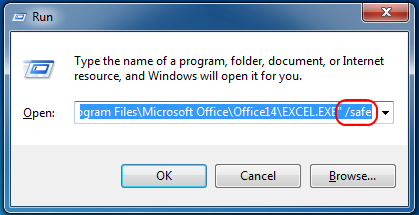Update: better yet, read about the -Join and -Split PowerShell operators. Live and learn.
—Geoff
Something I’ve found myself missing in PowerShell is a function to combing the elements of a list with a given separator, like Perl’s join() function. I finally got annoyed enought to write one. It seems to do what I want, so I’m going to add it to my profile.
Here it is in action:
PS C:\> $array = 3.14,'Puppy',$false,'','Green',$null,'foo'
PS C:\> $array | Join-String
3.14,Puppy,False,,Green,,foo
PS C:\> $array | Join-String -collapse
3.14,Puppy,Green,foo
PS C:\> $array | Join-String -collapse ' - '
3.14 - Puppy - Green - foo
Update: Now supports list items as parameter (non-pipeline) usage:
PS C:\> $y = Join-String $array -collapse
PS C:\> $y
3.14,Puppy,False,Green,foo
PS C:\> $y.gettype()
IsPublic IsSerial Name BaseType
-------- -------- ---- --------
True True String System.Object
Here’s the code:
# Join-String - A simple pipeline-oriented function to
# concatenate a bunch of strings together with a separator
# Geoffrey.Duke@uvm.edu Wed 11/17/2010
# updated 11 July 2013 to handle non-pipeline usage
function Join-String
(
[string[]] $list,
[string] $separator = ',',
[switch] $Collapse
)
{
[string] $string = ''
$first = $true
# if called with a list parameter, rather than in a pipeline...
if ( $list.count -ne 0 ) {
$input = $list
}
foreach ( $element in $input ) {
#Skip blank elements if -Collapse is specified
if ( $Collapse -and [string]::IsNullOrEmpty( $element) ) {
continue
}
if ($first) {
$string = $element
$first = $false
}
else {
$string += $separator + $element
}
}
write-output $string
}
If you have a notion for how it could be improved, please comment.




